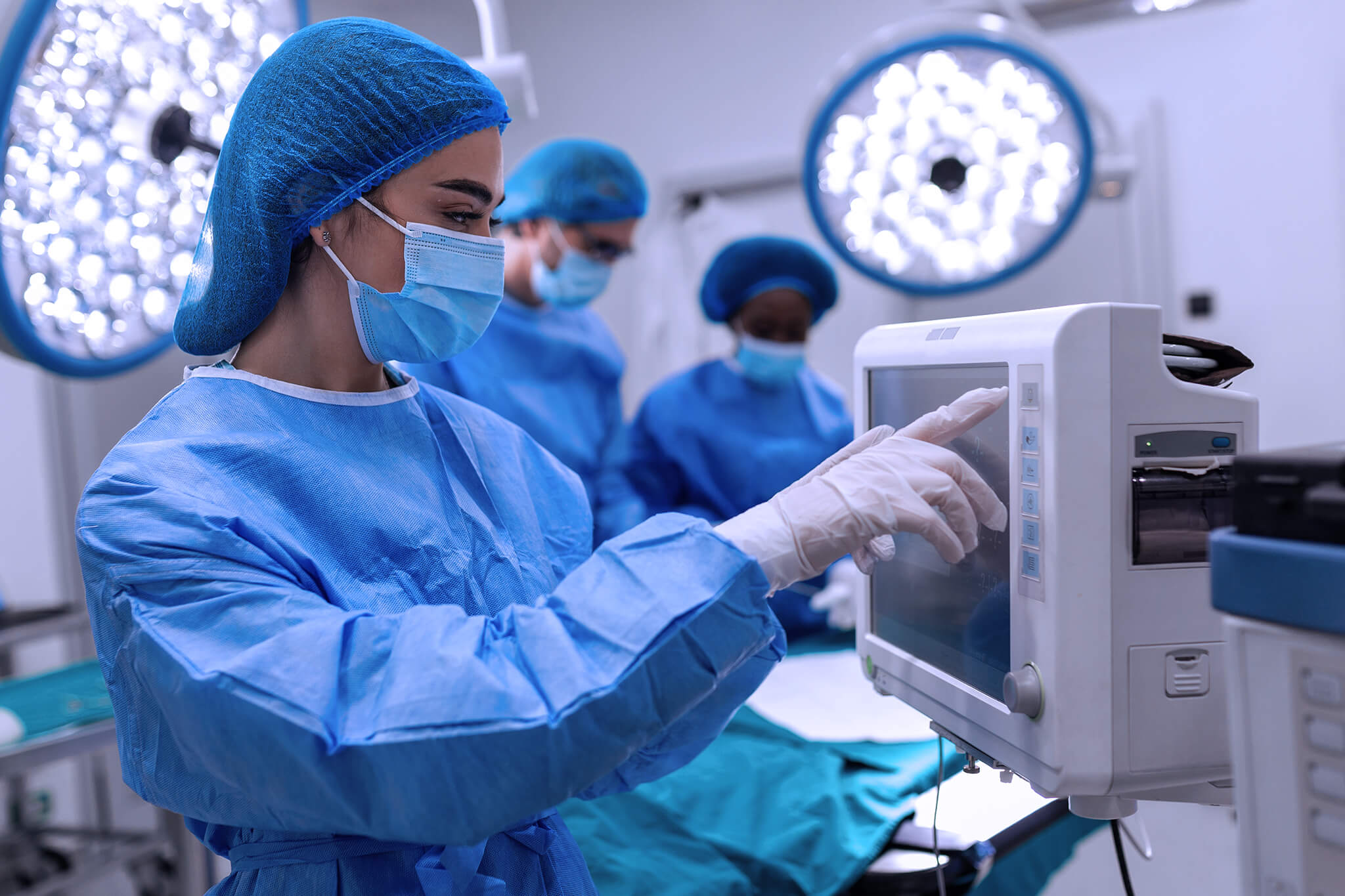The Future of Medical Device Distribution
At the simplest level, distribution refers to the shipping and warehousing of medical devices—from the assembly line to the end customer. From this perspective, the future of shipping, logistics, and tracking dictate how companies will distribute medical devices down the road.
Fleet and package tracking using GPS, IoT, and other technologies has been a game changer in providing real-time visibility into packages and estimated arrival times. Route planning software continues to optimize delivery routes, making the entire supply chain more efficient.

Medical device distribution—definition and significance
An official definition for a medical distributor is: “Any legal entity in the supply chain, other than the manufacturer, that stores and/or delivers a medical device to end customers. Healthcare logistics has many layers involving multiple companies along the way—everything from shipping (by plane, ship, and/or truck), customs brokers, warehousing, tracking, and beyond.
Without medical distributors, hospitals and medical institutions would not have access to medical technologies crucial for society to provide healthcare. For this reason, all players in the medical supply chain are essential. Medical device supply chains have their challenges, however.
Challenges in medical distribution
From 2020 onward, the COVID-19 pandemic slowed global supply chains and introduced delays in some cases for the delivery of devices, including medical warehousing. Manufacturers faced longer sourcing times to acquire raw materials, putting assembly lines behind. Shipment dates from manufacturers to distributors were also affected. Lastly, hospitals, clinics, and other medical institutions faced slower delivery times for medical devices aimed at addressing their institutions’ most significant challenges.
According to the U.S. FDA, multiple factors, including manufacturing and quality problems, geopolitical issues, natural disasters, delays, public health emergencies, and discontinuations, can result in a lack of medical device availability.
Solutions in medical distribution
Several ideas have been put forth to improve the availability of medical devices for the institutions and patients who need them most. The first step to addressing shortages is to gather data.
For example, the FDA tracks shortages through its Resilient Supply Chain Program (RSCP). Aimed at predicting and addressing disruptions to the medical supply chain, RSCP provides proactive monitoring, assessment, and communication about risks and vulnerabilities. Maintaining the medical device shortage list is a crucial function of the program.
Effective healthcare distribution management aims to overcome the challenges in medical distribution, bringing about more efficient shipping, logistics, delivery, and availability for all stakeholders in the system. Technology plays a key role here. Improved fleet and package tracking provides real-time awareness about a shipment’s location and estimated arrival times.
This data enables planners to predict inventory levels for innovative medical devices and provide more realistic delivery timelines. Thanks to today’s inventory and delivery tracking apps, decision-makers can get instant visibility into the status of a shipment on any device, anytime, anywhere.
The medical distribution process
Medical supply chain management
Views of supply chain management for medical products and devices have changed since the beginning of the COVID-19 pandemic. For example, despite major efforts to adapt to a spike in demand, medical institutions faced massive shortages of crucial supplies such as gloves, gowns, and N95 masks. The supply chain was simply not prepared.
A McKinsey survey revealed that two-thirds of respondents are now more aware of the supply chain function and its strategic value within healthcare. One executive respondent to this survey now views the supply chain as more strategic and less transactional.
What does the future look like for medical device distribution
In the future, several trends are emerging in medical device distribution.
First, increasing awareness of the supply chain will hopefully mean that hospitals and manufacturers will be better prepared for a sudden spike in demand due to unforeseen circumstances such as a global health crisis.
Second, innovations such as mobile devices and IoT (Internet of Things) enable real-time visibility of products across the supply chain, including levels of raw material, inventory, and finished products ready for the pallet. According to one study, this technology has the potential to enhance the efficiency of the healthcare system and improve the overall health of the population.
Lastly, improved fleet tracking hardware and software provide unprecedented visibility into shipments, including location, status, and expected arrival time. This additional data helps managers at all levels of the healthcare system to set expectations with surgeons, doctors, nurses and coordinators about equipment availability.
Medical device distribution affects patients
Medical device distribution is about much more than stuffing products into boxes. At the strategic level, it comes down to having enough product on-hand at any given time to meet the needs of patients, medical professionals, and institutions. It’s a huge task, but an important one.
A patient-centric approach to healthcare dictates that hospitals and clinics must have access to technologies that can address major challenges such as efficiency. Putting patients first means using the right tools to reduce patient waitlists and backlogs and enable more procedures to happen faster.
Ultimately, medical device distribution is about patients. When talented professionals have the tools they need to perform at a high level, they can transform lives—in many cases, for the better.